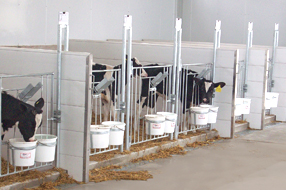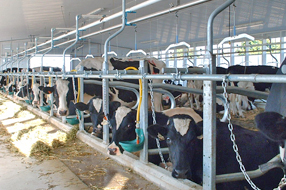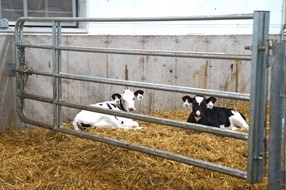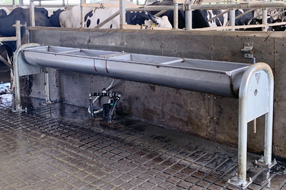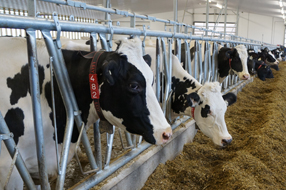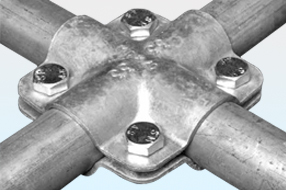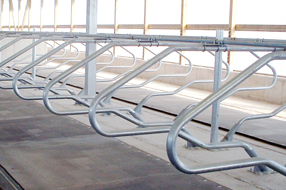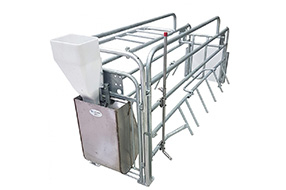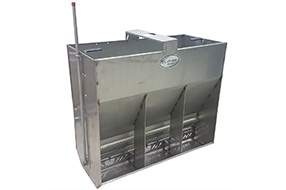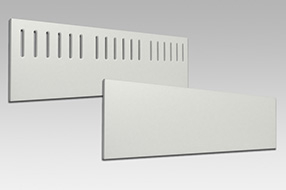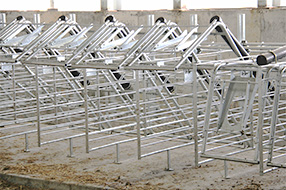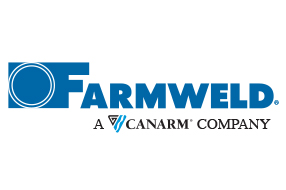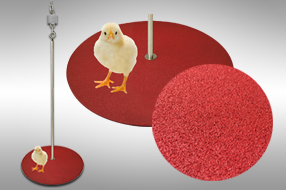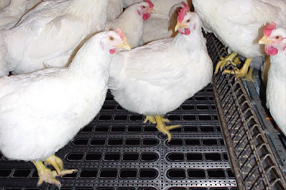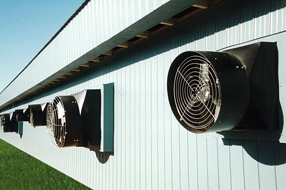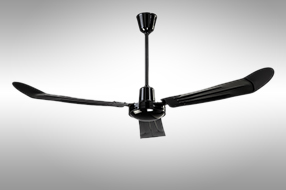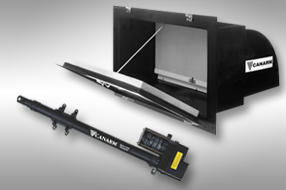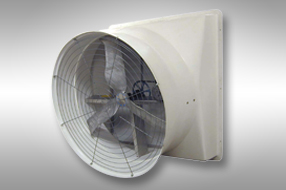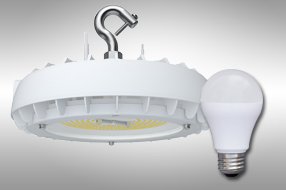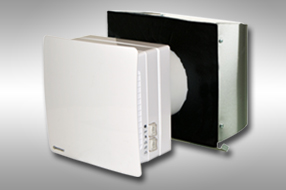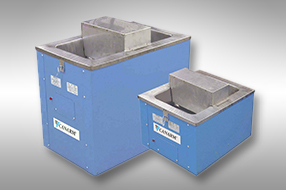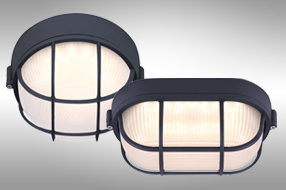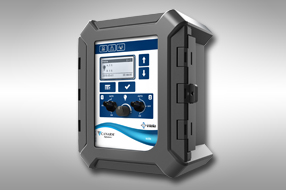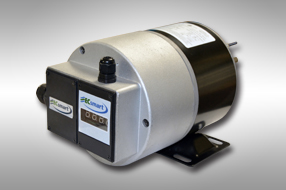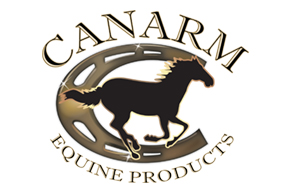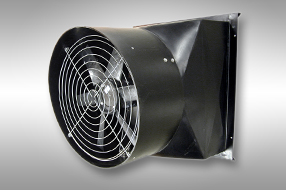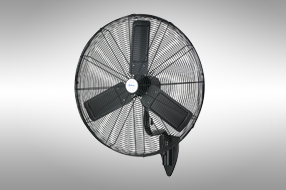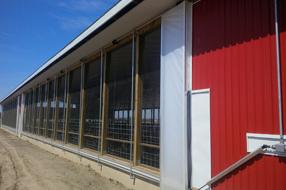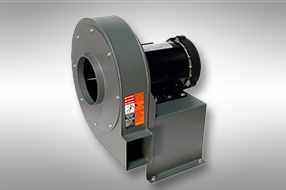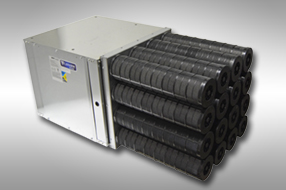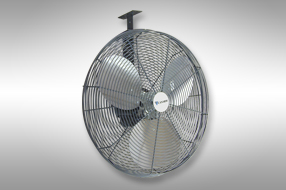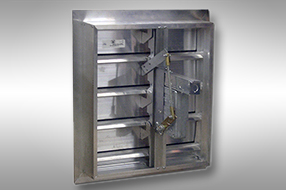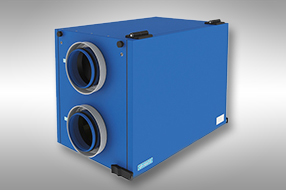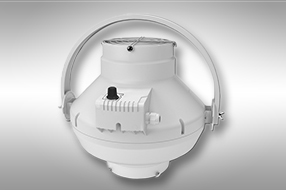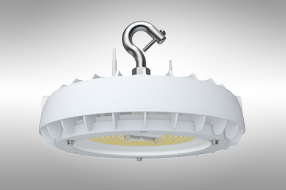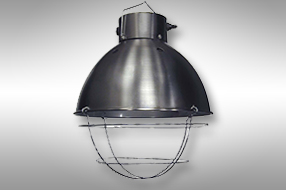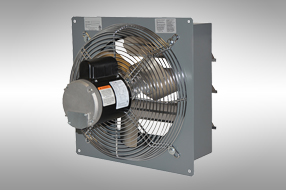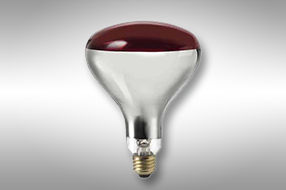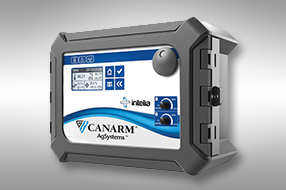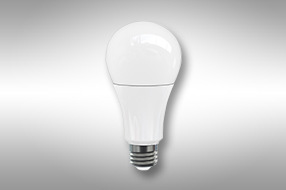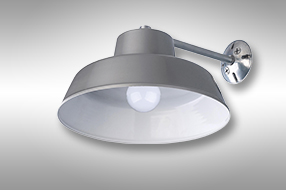The Language of LEDs
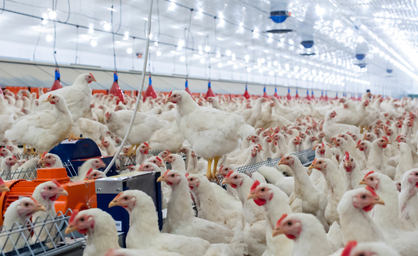
What you need to know to get the best out of your lighting system
While on a recent farm visit, a poultry producer said something that really resonated with me. We were talking about lighting and he referred to the use of incandescent bulbs as “the good old days.”
This made me think about how technology rules our lives today. As consumers, we are inundated with the “newest this” or the “fastest that”, but often end up frustrated because these so-called “new and improved” products don’t always work as promised. Perhaps part of the problem is that we don’t have a full understanding of how the technology works. Lighting technology in poultry barns has come a very long way in the last 10 years. I have helped many producers navigate this new world of lighting and I would like to share some important tips.
Although not as energy efficient as their successors, incandescent bulbs did their job well. They dimmed when we asked them to, were readily available for purchase and most of the dimmer switches available could control these bulbs. When compact fluorescents (CFLs) became available, this technology promised to be cheaper to operate and more effective. Over time, the poultry industry learned the dos and donts as well as the tricks to make these bulbs work.
But the transition to the latest lighting technology, the Light Emitting Diode (LED) bulb, has not been as smooth. LEDs promised to save more energy than CFLs, provide a cleaner light and be more robust. Initially quite expensive, pay back came in significantly reduced electrical consumption. However, this phase in the evolution of barn lighting has had many growing pains.
LEDs Are Different
First, remember that the incandescent was simple. It was a bulb that turned on when you applied power to it. It dimmed without flickering when voltage was applied using simple triac technology. Today we have LED bulbs that rely on electronics inside the globe to produce light. The quality, tolerances and specifications of these internal components vary greatly from bulb to bulb. The controls that are used to run a lighting program need to communicate with these new LED bulbs. The fluctuations in the power supply on the farm and in the grid add yet another new but major influence on these sensitive components. The goal is to provide consistent, reliable lighting for the birds. Unless your lighting package is chosen carefully, this goal can prove to be quite elusive.
Every LED bulb is different. Two bulbs from two separate companies can vary greatly. What this means is that each bulb will react differently to what voltage is put to them. One bulb may light up at a certain voltage and one may need slightly more power to reach the same intensity. So with multiple brands on a line, set at 50 per cent on your control, the results can be all over the place. You may have some bulbs off, flickering, strobing or light levels can vary anywhere between 20 to 80 per cent. In short, you cannot have two bulbs from two different companies on one output of a control. They don’t speak the same language and the result will not be a good one.
What to Ask Your Supplier
In order to ensure you are making an informed decision when upgrading or changing your lighting system, there are several questions you should ask of your supplier:
Is the control that you are using meant for dimming LED bulbs? If it was built to dim either of its predecessors then it may not dim the LED bulbs effectively. We don’t expect to play our modern digital movies on our old VCR, so we can’t expect to dim our LED with a control built to dim incandescent bulbs. Dimmer manufacturers are catching up rapidly, but there are many older dimmers currently in the field that may need upgrading to properly dim LED bulbs. Therefore, it is extremely important that you verify that your dimmer can handle LED bulbs before making the switch.
Are the bulbs that you are using supplied by a trusted agricultural supplier and built for the agricultural environment? Are they warrantied for such use? Something that causes a great deal of frustration for farmers is inconsistent supply. Perhaps they got a great deal on LEDs at a Big Box store only to discover that when they go back to get more, the store is either out of bulbs or the ones available did not work the same. Avoid bulbs that have not been proven in a chicken barn. Dust, humidity, moisture, and ammonia cause a chicken barn environment to be much harsher than a residential or commercial setting. Most bulbs are not designed or warrantied to perform in this type of environment and will not be able to withstand these conditions.
Are your bulbs built to dim as low as you expect them to? To be Energy Star certified, the bulb only needs to dim to 10 per cent. The fact is, most poultry barns want to dim lower than this. Thus if you use a bulb that was built to dim to only 10 per cent you will never get that bulb to dim lower than that successfully, no matter what control you use.
What happens on your site when using generator power? When the main grid fails we need to rely on this power and our equipment must work in these conditions as well. Because of the sensitivity of LEDs, your electrical system and control need to be able to manage this power in a way that works for the LED bulb. All LEDs are quite sensitive to fluctuating power levels and often the perfect day-to-day system ends up with strobing or flickering once you flip over to generator power. There are technologies available that can help, so be sure to discuss this with your supplier.
Another thing to note is the rated wattage on the outputs of your lighting control. It isn’t always as simple as multiplying the bulb wattage by the number of bulbs in the circuit. Often the system, once installed, may use more wattage than expected so be sure to leave a 10 per cent buffer between your expected wattage and the control maximum. The control manufacturer may also have a recommendation on this to follow.
A well controlled lighting program is known to have a positive effect on bird health and growth. As lighting products change, you need to be sure that you are using a system that will keep your operation productive and profitable.


